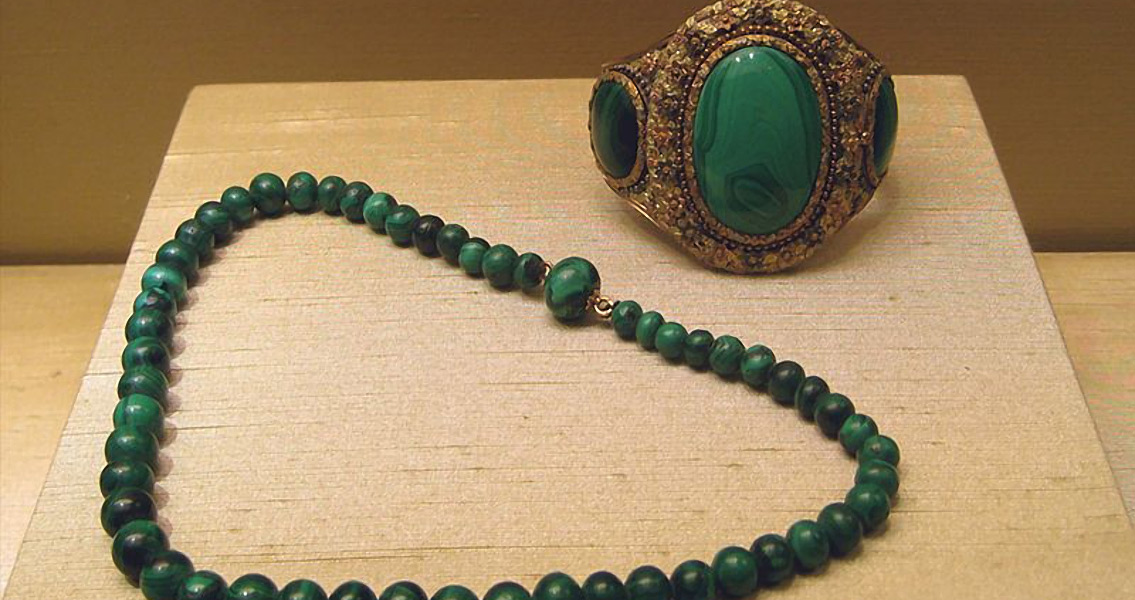<![CDATA[Treasure was found under the floor of the office of the General Director of the Tver Museum, during excavations on New Year's Eve by a team of archaeologists from the Tver Historical and Archaeological Research and Restoration Centre. They teamed up with researchers from the Institute of Archaeology RAS for this fascinating discovery. Leader of the expedition and of the Institute of Archaeology RAS stated; "Under a bushel was set precious holiday jewellery belonging to a noble Tver townswoman." Several objects were recovered in the excavation, including silver rings with delicate beads. A necklace was also found with medium sized silver beads and three large round pendant medallions. Researchers are not looking for more hidden treasure, but they believe that at the time of the noble woman's death the entire city was in danger, forcing people to hide their most valuable possessions. According to researcher Alexander Khohklov, she most likely died in a Mongolian assault on the city. It is thought that the treasures date back to the thirteenth century. The Director of the Institute of Archaeology, Nikolai Makarov, noted that treasures like these were often buried during the Mongol invasions around the year 1237. The area where the treasures were found had been levelled as part of construction works during the fifteenth century. It is possible that workers on the site came within a few inches of the valuable hoard without noticing it. The Mongol invasions were a series of brutal wars and crusades led by the Mongolian feudal lords in order to steal treasure and dominate, enslave, and dictate the people of Asia and Eastern Europe. The Mongolian feudal lords organised a military and drafted most of the Mongolian people into their wars and battles. The Mongolian conquests were a disaster for the people of Eastern Europe, and especially North-Eastern Russia. The Mongols brought with them devastation, slaughter over large scale areas, and the flattening of entire cities. These conquests long delayed the cultural advance and socioeconomic development of the countries affected by them. The composition of the jewellery found makes it nearly impossible to precisely date it. The researchers agree however, that these findings could contribute a great deal to the understanding of medieval history in North-East Russia. Image courtesy of Wikimedia commons user: Shakko]]>
Treasure Found Beneath Museum Director's Floor in Tver
